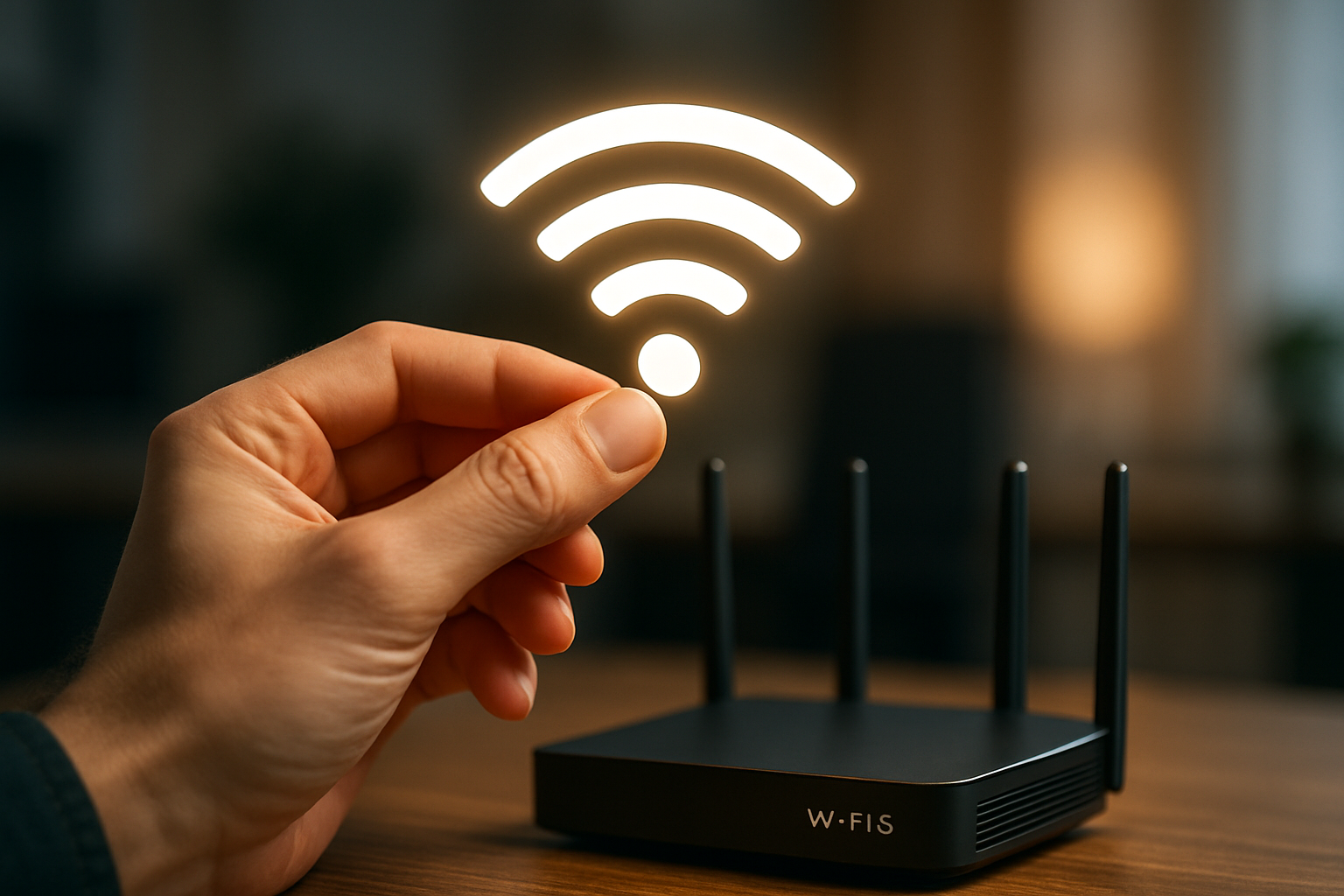Preparing home power and wiring for external antennas and small cells
Preparing your home’s electrical and wiring infrastructure for external antennas and small cells involves evaluating power capacity, cable routing, grounding, and connectivity to existing networks. This short guide highlights practical steps, safety considerations, and how different backhaul options such as fiber or wireless affect installation choices.

Preparing home power and wiring for external antennas and small cells requires clear planning that balances electrical safety, signal performance, and network compatibility. Before any hardware is mounted, assess available circuit capacity, conduit or raceway paths, lightning protection, and whether the chosen placement will allow robust backhaul to fiber, satellite, or wireless links. Consider local regulations and landlord or HOA rules, and consult licensed electricians for mains work. Proper planning preserves throughput, reduces latency issues, and helps meet QoS and security goals while avoiding costly rework.
How does antenna wiring affect wireless performance?
External antenna cabling and connectors play a central role in maintaining wireless throughput and reducing latency. Choose low-loss coax or, where feasible, fiber for long runs to minimize attenuation that would otherwise reduce signal-to-noise ratio and effective bandwidth. Poorly routed cables with many bends or improper connectors create reflection and insertion loss that degrade coverage and roaming between cells. Also consider cable shielding and separation from mains wiring to limit electromagnetic interference that can harm latency-sensitive applications.
What power requirements are needed for external antennas and small cells?
Small cells and active external antennas often need 24–48 V DC (via PoE or remote power) or local AC supplies depending on vendor specifications. Verify power budgets for active radios, amplifiers, and any heaters or enclosures used in cold climates. When powering devices over Ethernet (PoE), confirm switch or injector capacity and cable run lengths. For AC-fed equipment, use dedicated circuits and GFCI/RCD protection as required by code. Proper grounding and surge protection reduce the risk of damage from lightning or grid transients and preserve long-term reliability.
How should backhaul and fiber connections be integrated?
Backhaul choices—fiber, microwave, or satellite—determine wiring layout and utility access points. Fiber provides the most consistent throughput and lowest latency, but requires routing to a termination point inside the home or dedicated enclosure; plan for fiber handoff near the small cell control unit with protective conduit and bend-radius-compliant routing. Wireless backhaul needs clear line-of-sight and separate antenna mounts, plus power and grounding. Ensure there is adequate space for network equipment such as ONTs, switches, or modems to support mesh aggregation and routing.
How to plan for mesh, Wi-Fi, and 5G coexistence?
Integrating external cellular small cells with indoor Wi‑Fi mesh systems and fixed wireless nodes requires attention to spectrum planning, placement, and backhaul capacity. Position small cells to boost outdoor coverage and aggregate traffic to the backhaul, while placing Wi‑Fi access points inside for dense indoor throughput. Coordinate channel planning to avoid self-interference, and size upstream capacity so mesh and mobile traffic do not saturate links—this protects QoS and throughput. Consider programmable network elements that allow prioritization of latency-sensitive services.
What security and QoS considerations apply?
Any external antenna or small cell expands the network perimeter and introduces potential attack vectors if management interfaces are exposed. Use hardened enclosures, change default credentials, enable secure management channels, and segment management and user traffic. Implement QoS policies to prioritize voice, real‑time streaming, or critical IoT traffic and to prevent congestion from bulk transfers. Regular firmware updates and logging support secure roaming and help maintain consistent latency and coverage performance across devices.
How to support future technologies like 6G and satellite integration?
Design infrastructure with future upgrades in mind: provide spare conduit, extra capacity on power circuits, and space in equipment enclosures for additional modules. Antenna mounts and grounding should be sized to accommodate different antenna arrays and satellite dishes if needed. As spectrum allocations evolve, flexible backhaul options such as fiber and IP-based transport simplify upgrades to higher-throughput technologies like advanced 5G releases and prospective 6G systems. Consider interoperability with satellite broadband for redundancy and coverage extension in remote locations.
Upgrading home power and wiring to host external antennas and small cells blends electrical work, careful cable management, and network engineering. Prioritize safety, regulatory compliance, and choosing low-loss cabling and appropriate power feeds. Coordinate placement for optimal coverage, secure management, and sufficient backhaul to meet expected throughput and latency targets. Thoughtful planning today reduces operational issues later and supports smoother transitions to evolving wireless and satellite technologies.




